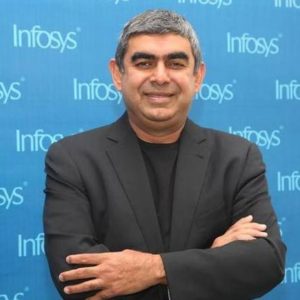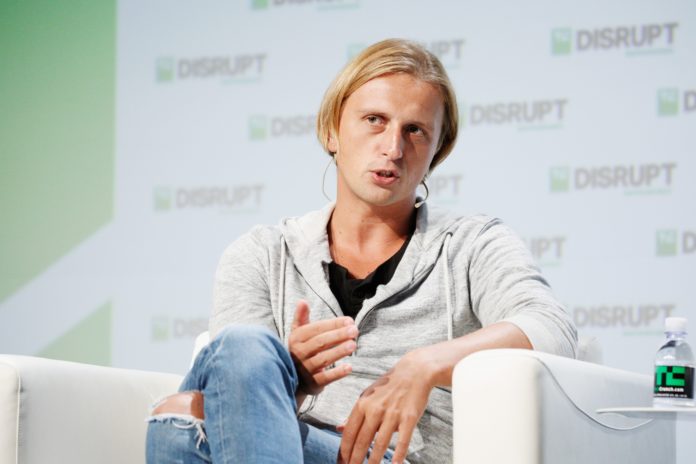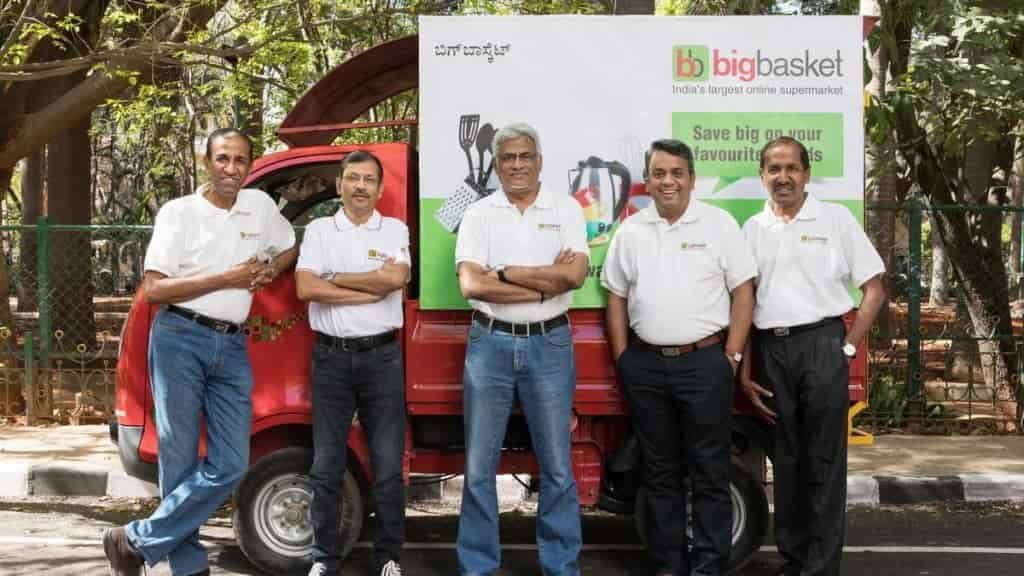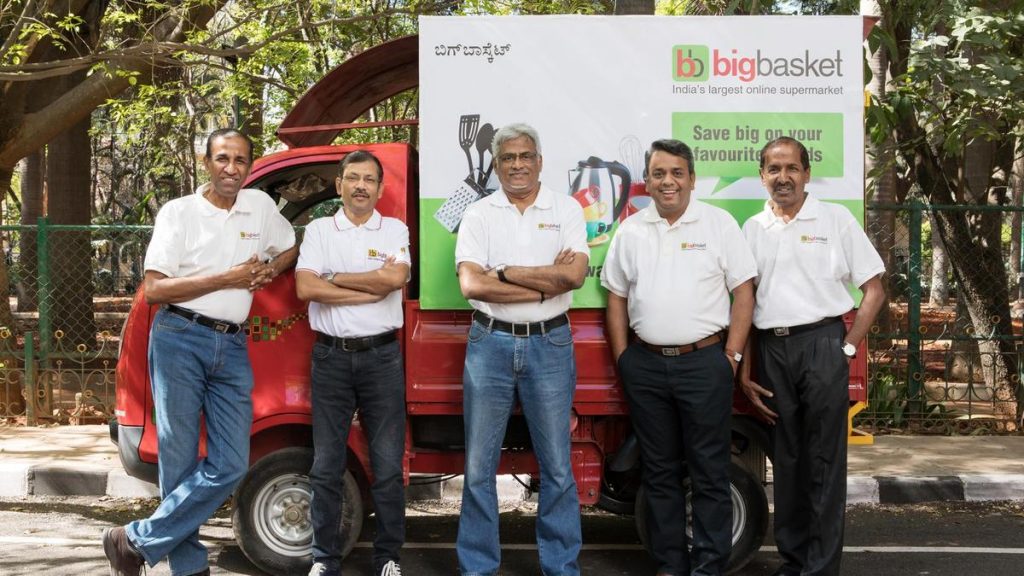You’ve Got Mail: Success Story of Pitney Bowes
Pitney Bowes is a company that sells mail machines, in a time when people rely more on email than on postal mail. Their business is supposed to, at least theoretically decline and hit an all-time low. Yet, their shares are rising and even hit the $26 mark per share, when ex-IBM employee Marc Lautenbach joined in 2012. So what helps a company that sells something the majority of the world sees as outdated, make revenue and keep afloat? Their shares have grown at a rate higher than that of Facebook‘s for the same time period. So what makes this possible, and how did Pitney Bowes get to the stage it is at now?
About the Founders
Arthur H. Pitney was born in 1871 and is an American inventor and entrepreneur who is known as the founding father of the modern postage meter. Pitney was responsible for filing a patent for the world’s first postage meter in Connecticut in 1901. He worked on the instrument for over twenty years, redesigning and perfecting the design along with his friend and partner Walter Bowes. As soon as the meter was given the green signal by the U.S. Postal Service, in 1920, the duo founded the Pitney-Bowes Postage Meter Company which is now worth over $6.1 billion.
Though Arthur Pitney was born in Illinois, he shifted to Chicago in 1890 and frequented the World’s Columbian Exposition in 1893. He worked as a clerk in a wallpaper store and his interest in mechanical engineering made him explore options to simplify the stamping process in his free time. By 1902, Arthur had gotten a patent for his gadget, even giving a free trial run in 1903. He first founded a company called the Pitney Postal Machine Company in 1902 and later renamed it to the American Postage Meter Company by 1912. The machine was not an instant success, and his financial crisis made him sell insurance as a side-business.
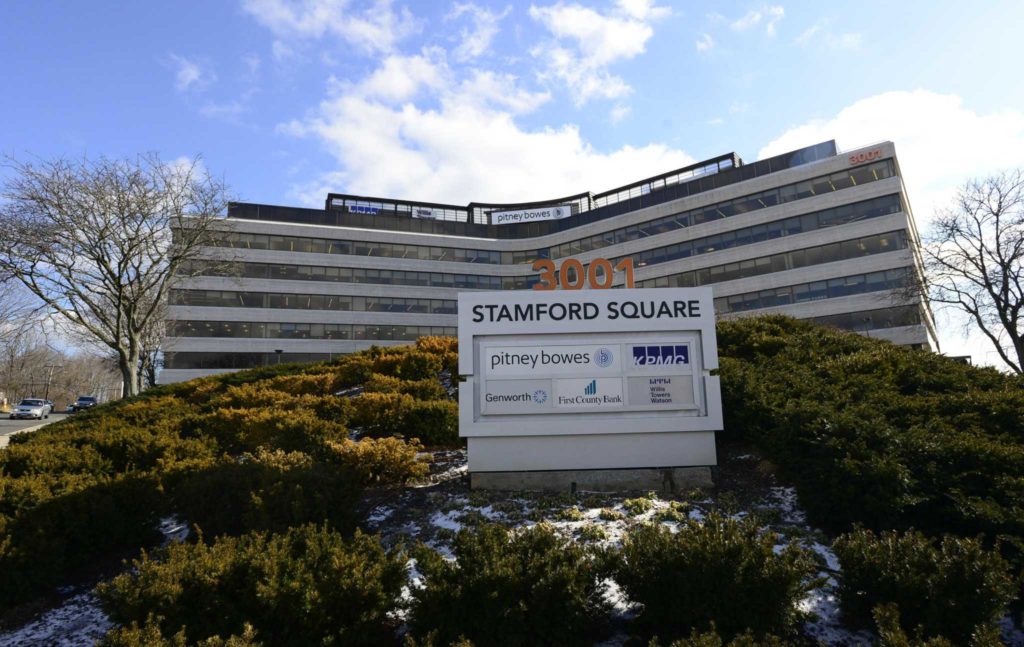
Meanwhile, Walter Bowes was a British industrialist born in Bradford in 1882. He moved to America and was working as a salesman for the Addressograph Company. In 1909 he bought the Universal Stamping Machine Company and initiated relations with the U.S. Postal Service to sell stamp-cancelling devices. It was around this time that he met Pitney, and decided to combine forces to form the Pitney-Bowes Postage Meter Company.
Founding Pitney Bowes
Pitney’s break came in 1919 when he was introduced to Walter Bowes, and by 1920, the duo formed the Pitney-Bowes Postage Meter Company. The first meter manufactured by the company became functional in November of 1920, thanks to legislation passed by the US Congress. By 1922, the meter was cleared for usage in Canada and England, and Arthur even won a Certificate of Merit from the Franklin Institute. After a dispute with Bowes, Pitney resigned in 1924.
Pitney served as the company’s inventor, and Bowes focused on lobbying to ensure the Congress would pass the required legislation. As soon as his labour bore fruit, the first meter was set up, and Bowes posted a letter to his wife, via the postage meter. In two years, the company grew, and over 400 such meters were issued for use, in the postage of mail over $4 million in value.
Soaring Success
After Arthur Pitney resigned in 1924, Walter Wheeler II became the general manager. Since then, the company has expanded exponentially, now providing services such as customer engagement and management, global e-commerce, shipping and location intelligence to over 1 million customers in more than 100 countries. The company now has more than 33 offices around the world, with operating centres in UK, Tokyo and Delhi, employing over 14,000 people from all over the world.
Pitney Bowes entered the postage-meter business in 1920, a time wherein sending a letter would set the sender back by only two cents. Today, the company has expanded and now has several divisions; a postal service for small and medium-sized businesses, and another that serves as a comprehensive shipping-management service. The latter brought in almost 57% of their total revenue, with Ebit earning standing at 35% of total income, at a time when Apple‘s Ebit margin stands at 30%. By 2003, the company was generating a profit of $498.1 million and by 2005, that earning grew by over 11%, hitting $5.7 billion in 2006.
A small idea that a clerk in an ordinary store in 1920, led to the formation of a company which became the world’s largest manufacturer of mailing equipment. With Pitney-Bowes controlling over 85 % of the American and 60% of the world’s postage meter market, it is safe to say that it has left behind a strong legacy. If anything, this success story is a testament to the fact that genius ignites in small details, and that it can be found in the strangest of places, in the strangest of times.

Being a cinephile with a love for all things outdoorsy, Athulya never misses a chance to chase inspiring stories or poke fun at things, even when the subject is herself. Currently pursuing a degree in mechanical engineering, she is someone innately interested in technical and scientific research. Music reviews and op-eds define her as they allow her to explore different perspectives. Though sometimes she thinks she makes more sense playing the guitar than she does while writing.


